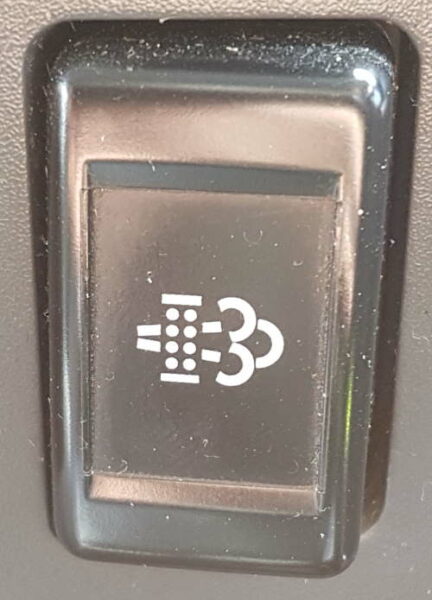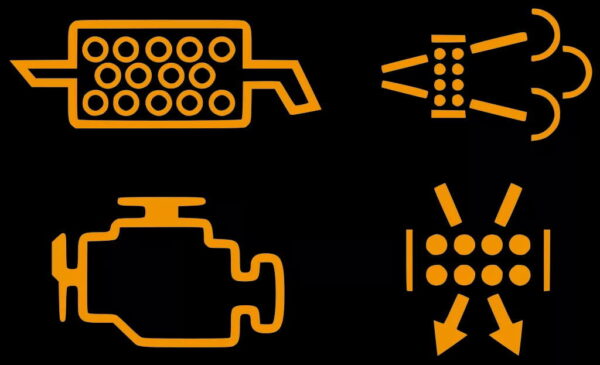How does a diesel particulate diffuser work?
To reduce exhaust emissions, newer diesel vehicles come with a DPD (diesel particulate diffuser), which is also called a DPF (diesel particulate filter). They trap and burn off particulate matter (soot) from the exhaust gases. It’s part of the exhaust system and is similar to a catalytic converter which is found on most car exhausts.
Exhaust gases are passed through a honeycomb metal structure that traps the emissions. Eventually, the DPD gets full and a ‘burn’ must occur. Sensors monitor the pressure difference between the inlet and outlet of the filter. A clogged system means more pressure at the inlet vs the outlet. At a set pressure the filter is deemed full, and that’s when the burn must occur.
In a vehicle where this is done manually, a light will appear on the dashboard and the driver then pushes a button to activate the burn. Check the owner’s manual for the exact process. Not doing the burn will eventually result in damage to the DPD meaning it has to be replaced. The vehicle might enter limp mode if the DPD is not attended to.

In a vehicle where it’s done automatically, it will happen while driving. Don’t turn the vehicle off while it’s happening. There will be some notification on the dashboard, and the engine will rev higher.

In some vehicles, a gauge is shown with the DPD particulate matter level.

During the burn, don’t park on long dry grass because the process can heat the exhaust up enough that it will set fire to the grass.
A filter can only be burned a certain number of times before it must be cleaned manually or replaced entirely.
The worse type of driving for clogging the DPD is low-speed driving. The DPD has a much more efficient burn at higher speeds when more heat can be generated.
DPDs can be degraded by using the wrong type of oil. Check the manufacturer’s recommendations.
- Understanding the National Standards for Riding Mopeds and Motorcycles
- Livestock Transport Rules UK: A Complete Guide to Animal Transportation Requirements
- The Role of Safety Advisers in Dangerous Goods Transport
- Sustainable Driving: Reducing Your Environmental Impact on the Road
- Developing Effective Lesson Plans for Driver Training
- UK Agricultural Vehicle Registration and Tax Relief
- Challenges of Transporting Radioactive Materials (Class 7)
- Exemptions and support for Clean Air Zone charges
- Navigating Legal Requirements: The UK Motorcycle Licensing Rules
- Safe Transportation of Agricultural Chemicals and Hazardous Materials
- Innovations in Vehicle Construction for ADR Compliance
- Motorcycle Recovery Operations: How to Recovery a Broken Down Motorbike
- Alternative Fuels in Agricultural Vehicles
- Carriage of Dangerous Solids in Bulk Containers
- Understanding Limited Quantity Exemptions in ADR